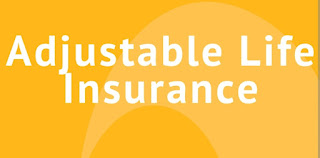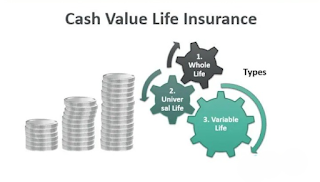Medical Examination
Medical Examination A medical examination and report are often part of the application process for disability insurance policies. The information becomes part of the contract and is attached to the policy. A life insurance health exam is a simple physical. It is part of the underwriting process, or the process your insurer ask you to go through in order to determine your specific characteristics and risks. Using this information helps them determine how much they will charge you for your insurance policy. A health check usually lasts around 20-30 minutes and is usually carried out by a nurse, but it could be another healthcare professional. You do not need to prepare anything in advance, but it’s always worth asking the health centre you are booked in with. During the check-up, you may be asked: -If close relatives have had the illnesses you’re being assessed for -If you smoke and how much -If you drink alcohol and how much -What your typical diet is like -How much exercise yo...




